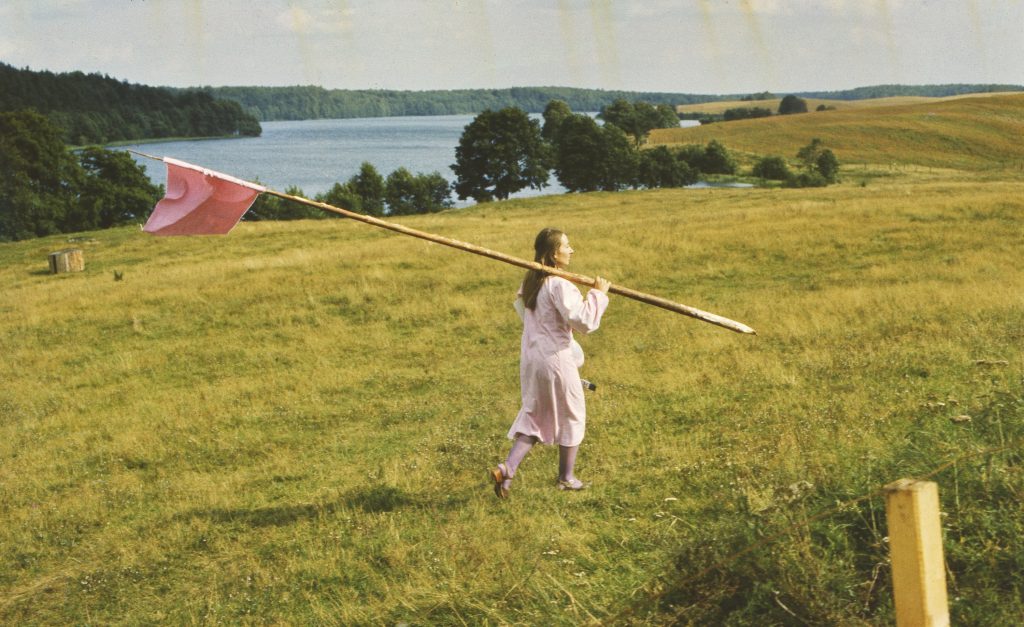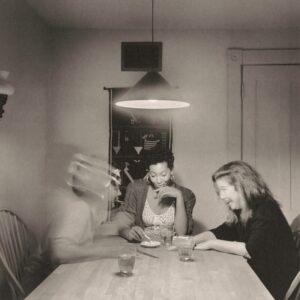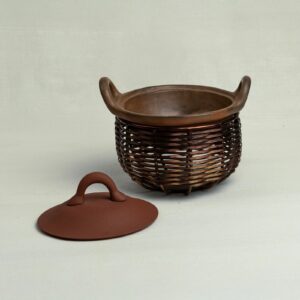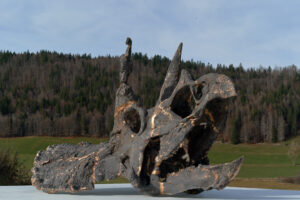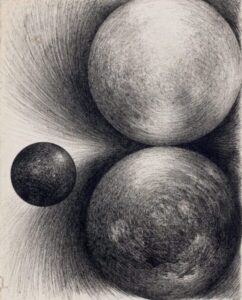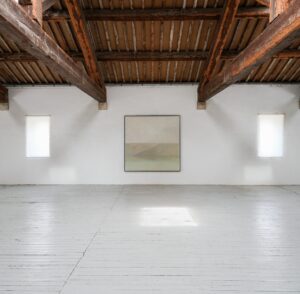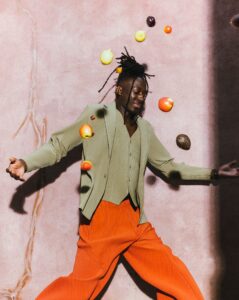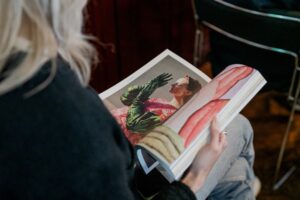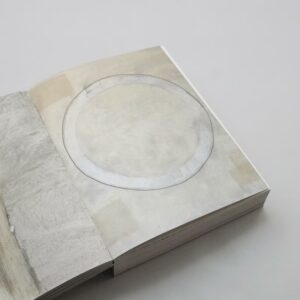Artemisia Gentileschi
Pretty Brilliant Women in the Arts
For generations, the story of art has been told through a singular lens. When the first editions of canonical texts like Janson’s History of Art and Gombrich’s The Story of Art were published, they featured zero women artists. The Pretty Brilliant: Women in the Arts series aims to make whole what has long been a one-sided story. In these issues, featuring 583 artists, we celebrate women who have always been creating, innovating, and inspiring, like Artemisia Gentileschi.
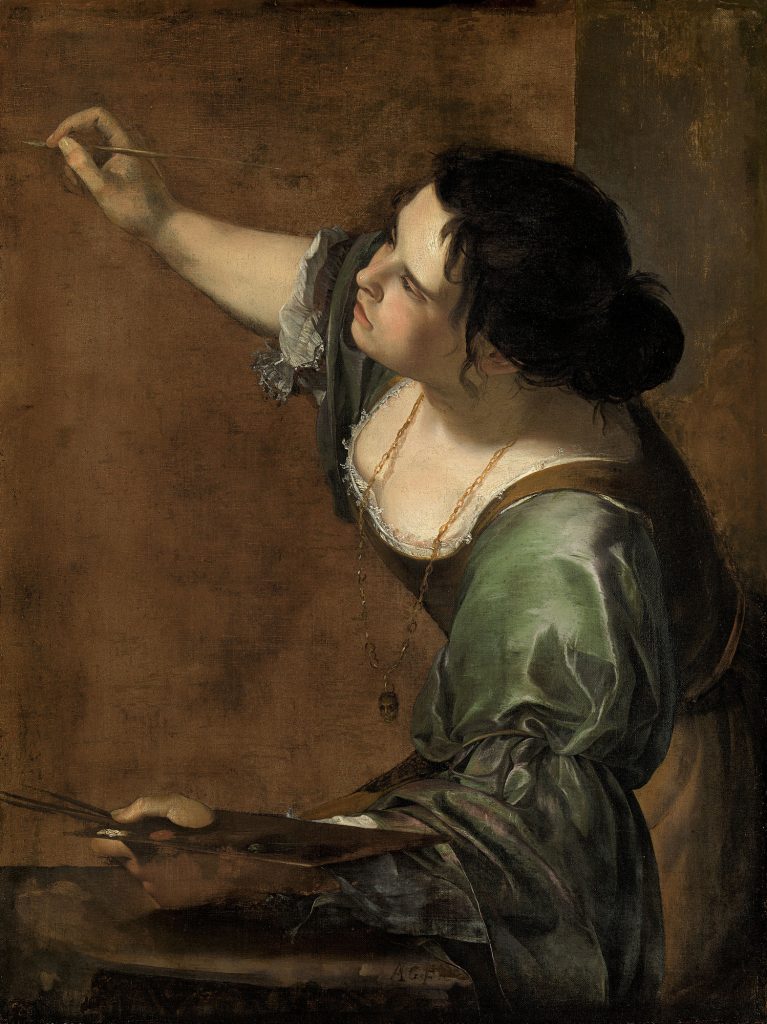
Initially working in the style of Caravaggio, Artemisia Gentileschi (Italy, 1593-1653) became one of the most accomplished Italian Baroque painters. She developed her own style, with many of her paintings featuring heroines from mythical, allegorical or biblical scenes – courageous and rebellious women that often appear to have been self-portraits.
Gentileschi was introduced to painting in her father’s workshop, Gentileschi showed early talent and embraced a boldly naturalistic style. She became a thriving court painter – enjoying the patronage of the House of Medici in Florence – and she was the first woman artist to be accepted into the Accademia di Arte del Disegno.
‘My illustrious lordship, I’ll show you what a woman can do.’
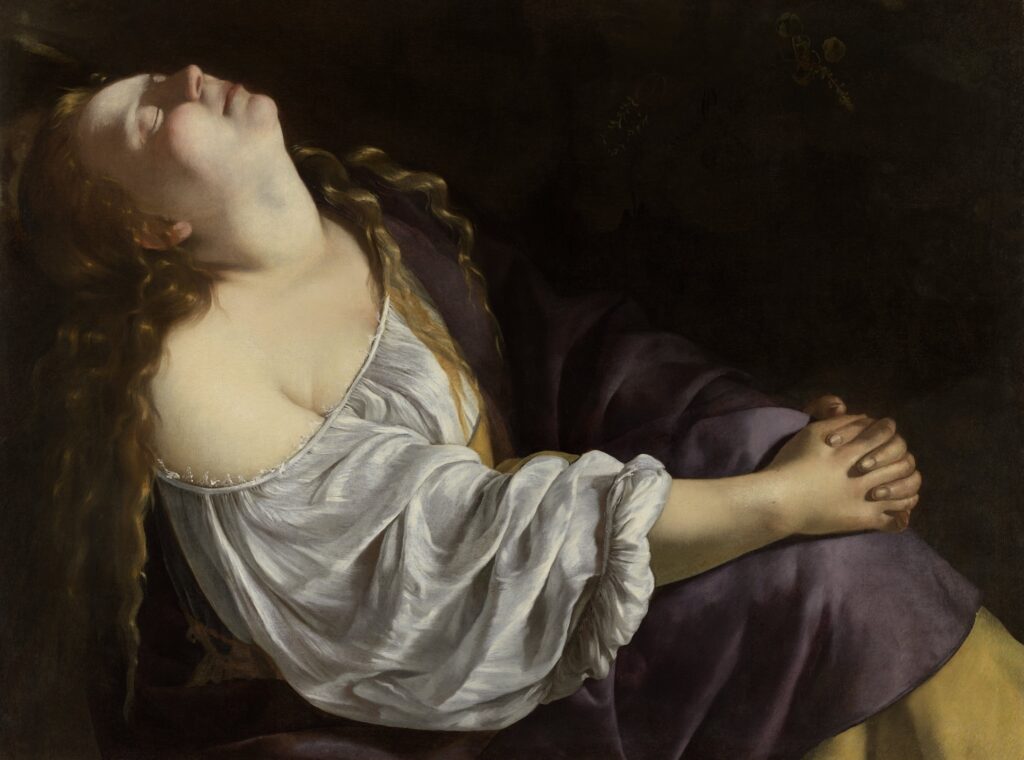
By 1620, she had relocated to Rome, where numerous patrons supported her work. Her career flourished, attracting an international clientele. A few years later, she moved to Venice and eventually settled in Naples, where she lived – aside from a journey to London and a few other travels – for the remainder of her career. Of Gentileschi’s Magdalene painting, a 19th-century critic noted: ‘No one would have imagined that it was the work of a woman. The brush work was bold and certain, and there was no sign of timidness.’
